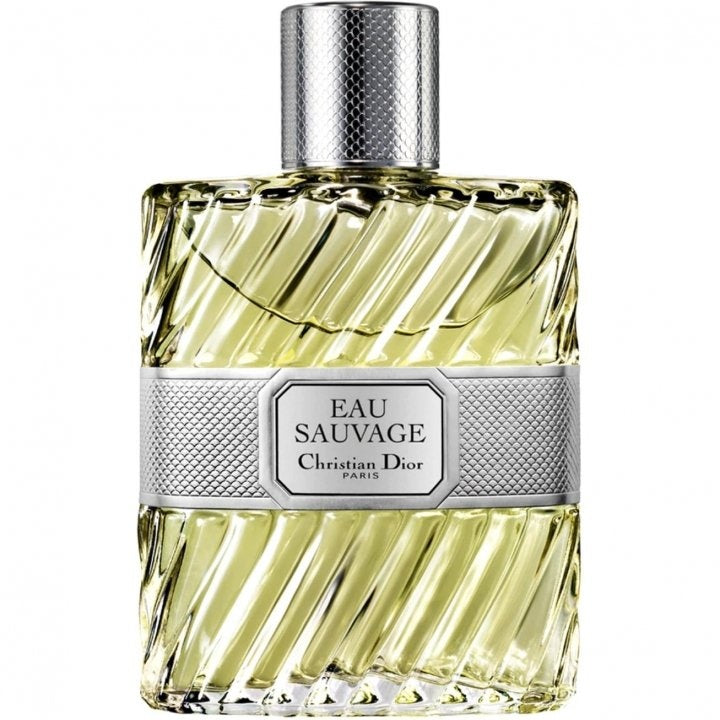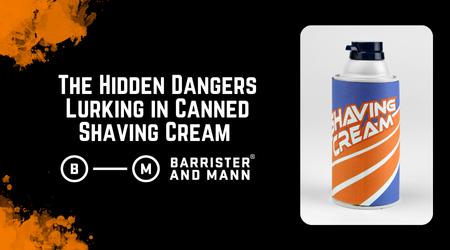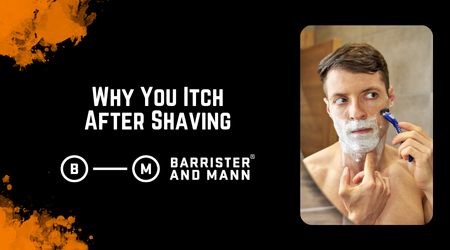Author's Note: This review originally appeared as an entry in Will's "Fragrance Friday" column on reddit.
I often talk about “perfume history” and notice that people give me weird looks. What makes a perfume historically important? Why should we care? What is the average annual rainfall of the Amazon river basin? Etc etc.
People forget that what goes up will eventually come down. For a very long time, it was the norm that perfumes created for the fine fragrance market (Miss Dior and Brut come to mind) were eventually cut up, cheapened, and poured into soap bases, shaving creams, etc etc. The olfactory history of shaving is directly tied to the olfactory history of perfume; for many years, men shaved with slightly tweaked versions of perfume masterpieces meant for women and they loved it. Exceptions like Blenheim Bouquet were few and far between. It wasn’t until the creation of Eau Sauvage that the status quo really began to change.

My grandfather wore Eau Sauvage. He died when I was very young, but the possessions he left me still smell of the stuff, and the perfume is of such a distinct character that you’d never really confuse it for anything else. It's perhaps one of the ten most historically important perfumes ever created; it heralded the deviation of perfumery from the three “classical” families (fougères, chypres, and orientals) and created an entirely new category: the woody fresh floral. This was doubly significant considering that the perfume was created for and marketed to men, who are historically those who appropriate perfumes for themselves rather than being the recipients of a perfumery epiphany.
At first whiff, it’s not especially remarkable. In fact, it reminds me strongly of the classic Eau de Cologne structure that has become so well-known. Lemon, bergamot, quite a lot of basil, and perhaps the faintest touch of neroli crown the top, creating the “freshness” for which the perfume is so famed. It isn’t until the dry-down, when the perfume begins to evolve, that the genius of Edmond Roudnitska, the master perfumer who created Eau Sauvage for Dior in 1968, becomes truly apparent.
The linchpin of the whole thing is a remarkable compound called Helional. It possesses the nearly unique olfactory characteristic of “watery florality,” and Luca Turin wrote that it “could wet even the driest of lips.” It’s really remarkable stuff, and it’s blended into the fragrance in such a way as to make it smell simultaneously dense and very light, which compliments the inclusion of vetiver, rosemary, jasmine, and oakmoss quite nicely (it has a distinct oakmoss/vetiver character, though I imagine that this is somewhat lessened these days as the perfume has been reformulated). Though not listed by Fragrantica or Dior, I get a distinct “clovey” note from the perfume, and consulting various literature on the subject reveals that it contains as much as 5% eugenol, the main component of clove oil.
I also get a definite jasmine impression, which is apparently the result of the inclusion of hedione, a compound isolated from jasmine absolute that creates the impression of florality without the heavy, indolic (i.e. fecal) notes present in real jasmine. A base of iris, rose, musk, and various spices completes the “woody” character of the base of the perfume, but the whole thing is so well-blended at its base that it’s very difficult to pick out a specific note other than “wood” (this is separate from the oakmoss, vetiver, and other such notes I listed above).
Some might be concerned that, given its age, Eau Sauvage is an “old man’s” perfume or that it smells dated. Nothing of the sort. It is, as it has always been, elegant, refined, and masculine, though I imagine that reformulation has worn it a little bit around the edges. Still, it's as comfortable to wear as a cotton blazer in Tennessee in August and I’ll never be without a bottle.



Comments
Lo llevo usando desde 1970 y jamás he dejado de usarlo, y tengo 70 años! es el mejor perfume del mundo! Lastima que se rehiciera la fórmula hace unos años, pero aun así es insuperable! Uso otros EDT pero ninguno es ni parecido!
Eau Sauvage EDT is my 2nd favorite fragrance of all time. Not sure I would classify it as a Woody Fresh Floral. I see it as a complex Cologne or Citrus Aromatic. That’s the overall effect. I don’t get much Wood, and the florality is subdued and supportive. And I don’t see it as the birth of a new olfactory family, necessarily. It’s an evolution of a floral citrus Aromatic like Acqua di Parma Colonia and one of its earlier Citrus Aromatic Cologne ancestors. An intermediate Edmund Roudnitska creation in 1949 – Rochas Mustache – might be interpreted as a cruder precursor.